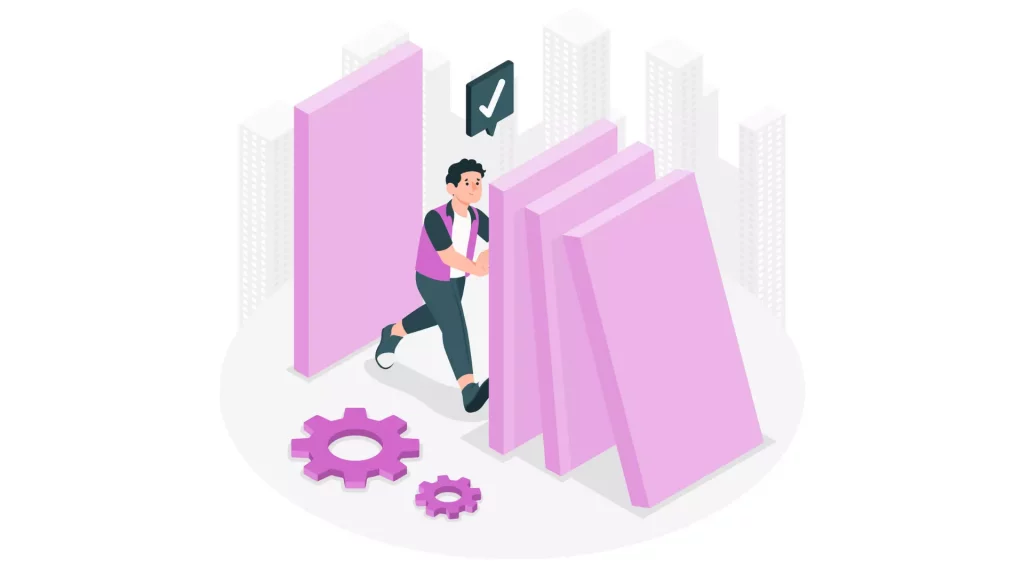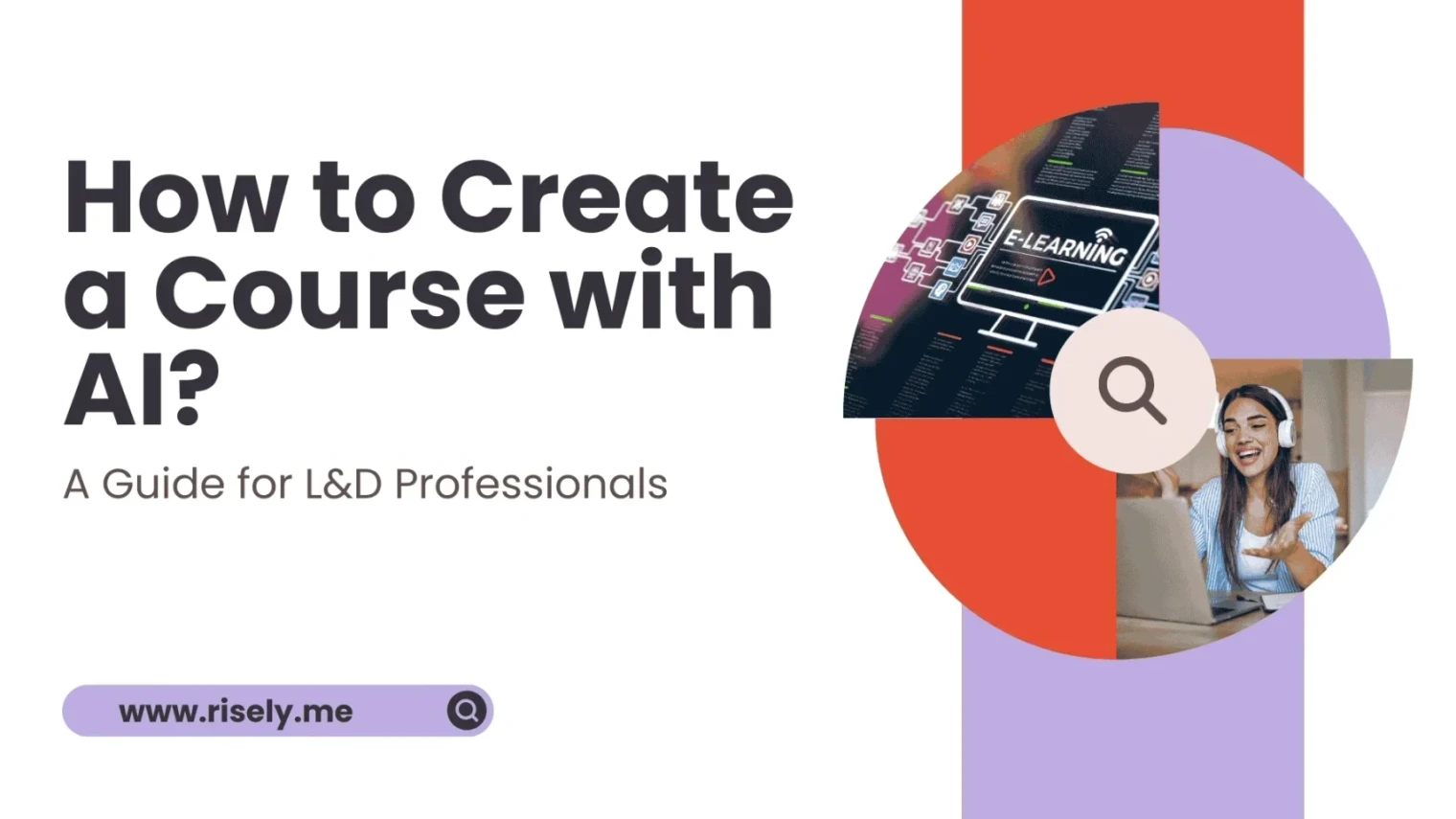Breaking Down Barriers To Learning And 5 Top Strategies To Overcoming Them
In today’s fast-paced world, learning is not just a luxury but a necessity to stay ahead in your career. However, many organizations face barriers that hinder their employees’ learning and growth. These barriers can be anything from lack of support from management to outdated technology or rigid work culture. Overcoming these obstacles is crucial for any organization to thrive and succeed in the long run. In this blog post, we’ll discuss the importance of overcoming barriers to learning and how to identify them. We’ll also provide you with strategies to implement in your organization to create a supportive learning culture, provide accessible learning resources, and encourage collaboration and knowledge sharing. Let’s Dive in!The Importance of Overcoming Barriers to Learning
Addressing barriers to learning is essential not only for employee satisfaction but also for increased productivity. Employees who feel the organization values their growth and development are more engaged and invested in their work. Creating a continuous learning and development culture can help overcome common barriers like lack of time or resources. In addition, leaders must recognize the importance of providing accessible learning opportunities and resources to their employees, such as training sessions, mentorship programs, or access to online courses. Regular communication and feedback can also help identify employees’ challenges in overcoming these barriers and improve the learning experience.Understanding the Impact of Organizational Barriers on Learning
In this evolving business world, organizations that fail to prioritize learning and development risk falling behind their competition. Unfortunately, many companies face a significant challenge in supporting employee growth: organizational barriers to learning. These roadblocks can take many forms, from a lack of resources to resistance to change and poor communication. Regardless of an organization’s specific challenges, addressing these barriers is essential for enabling continuous learning and supporting employee engagement and performance. By investing in training programs, creating a supportive learning environment, and encouraging a growth mindset among employees, companies can overcome these obstacles and reap the benefits of a more agile and innovative workforce.Other Interesting Reads
3 Main Barriers to Learning
There are several barriers to learning in the workplace, but three main ones are:- Lack of time: Employees are often busy with work tasks, meetings, and other commitments, leaving little time for learning and development activities. This can make it challenging to schedule training sessions and may lead to a reluctance to take time away from job tasks to engage in learning activities.
- Lack of resources: Some organizations may not have the necessary resources, such as funding, technology, or personnel, to provide effective training and development opportunities. This can result in a lack of access to high-quality learning materials or tools, hindering employee learning and growth.
- Resistance to change: Employees may resist new learning opportunities or processes, particularly if they are perceived as a threat to job security or require significant changes in behavior or workflow. This can create a barrier to learning and development and may lead to a lack of engagement with training activities.
How to Evaluate Barriers to Learning in the Workplace
Evaluating barriers to learning is essential for creating a culture of continuous improvement. You can practice,- Conducting surveys or focus groups with employees can help identify common themes and patterns in employee feedback, pinpointing specific barriers hindering learning. The feedback received can also highlight areas where leadership support is lacking, training programs are insufficient, or resources are inadequate.
- Organizations can foster a supportive learning environment that encourages growth and development by addressing these barriers through policy changes, resource allocation, and leadership strategies.
- Regular assessments of learning are necessary to stay on track toward achieving the organization’s goals.

5 Strategies for Overcoming Barriers to Learning in the Workplace
Overcoming barriers to learning in the workplace can be a challenging task, but there are several strategies that organizations can implement to address these barriers. Here are some possible strategies:- Identify the Barriers: The first step in overcoming barriers to learning is to identify them. Conduct surveys, focus groups, or interviews with employees to understand their perspectives on what is hindering their learning and development. Once you know the specific barriers, you can start developing targeted solutions.
- Create a Learning Culture: Building a culture that supports learning is critical for overcoming barriers to learning. This involves encouraging employees to take ownership of their learning and development, recognizing and rewarding learning achievements, and promoting a growth mindset throughout the organization.
- Provide Access to Learning Resources: Providing employees with access to high-quality learning resources, such as e-learning modules, webinars, and online training courses, can help overcome barriers to learning in the workplace. These resources should be easily accessible and user-friendly, and the learning material should be relevant to the employees’ job roles and responsibilities.
- Encourage Social Learning: Peer to peer learning can be an effective way to overcome barriers to learning in the workplace. Encouraging employees to share their knowledge and expertise with their colleagues through team-based projects, mentoring, and coaching can help create a collaborative learning environment and foster a culture of continuous improvement.
- Use Data to Measure and Track Learning: Collecting data on employee learning and development can help organizations track progress, identify gaps in learning, and make informed decisions about future training initiatives. Organizations can use tools such as learning management systems, surveys, and assessments to measure the effectiveness of their learning programs.
Conclusion
Overcoming barriers to learning is crucial to create a culture of continuous improvement and growth within your organization. Identifying these barriers, evaluating them, and implementing strategies to overcome them can be a challenging task. However, with the right approach, creating an environment where learning is encouraged, and employees feel supported in their development is possible. Creating a supportive learning culture, providing accessible learning resources, and fostering collaboration and knowledge sharing are key strategies to help you overcome organizational barriers to learning. Implementing these strategies can improve employee engagement and retention while driving business success. To learn more about how you can address issues at the workplace, sign up for Risely-manager’s buddy!Wonder what’s holding you back? Listen actively to learn more.
Practice active listening with the help of a free assessment to break down more barriers with your team.
FAQs
What is the most common barrier to learning?
The most common barrier to learning is fear of failure, which can lead to a lack of confidence, avoidance of challenges, and a fixed mindset that impedes personal and professional growth.
How can learning barriers be overcome?
Learning barriers can be overcome by creating a safe and supportive learning environment, setting achievable goals, providing constructive feedback, encouraging self-reflection, and promoting a growth mindset.
Why is it important to overcome barriers?
It is important to overcome barriers to learning because it can lead to personal and professional growth, increased confidence and self-efficacy, improved performance, and a more fulfilling life.
What are the effects of learning barriers?
Learning barriers can lead to frustration, low self-esteem, reduced motivation, and limited personal and professional growth, potentially resulting in missed opportunities and a less fulfilling life.
Other Related Blogs
How to Create a Course with AI: A Guide for L&D Professionals
How to Create a Course with AI: A Guide for L&D Professionals According to a McKinsey survey(1), only 11% of business leaders believe their leadership development initiatives yield meaningful results.…
How to build a Learning and Development Action Plan ft Katie Greenwood
Does your company’s Learning and Development (L&D) strategy feel like more “guessing” than “winning”? You’re not the only one! In today’s fast-changing world, taking a random approach to L&D is…
Generative AI for Learning and Development: Getting Started
Generative AI for Learning and Development: Getting Started In 2024, organizations spent $401 billion globally on corporate training(1), yet 70% of employees report feeling unprepared for the future of work…
Future proofing a learning strategy for organizations with Inna Horvath
Future Proofing a Learning Strategy for Organizations with Inna Horvath With the advent of AI, everyone’s anticipating changes. L&D leaders in charge of building a learning strategy for organizations are…


